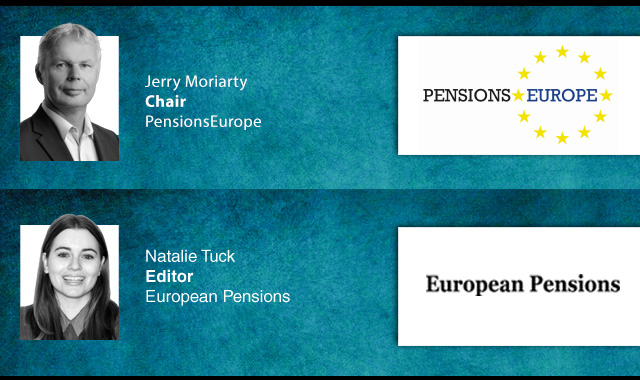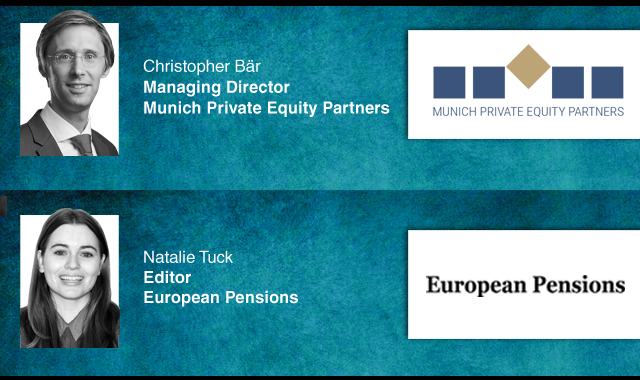Defaqto has emphasised the importance of considering risk adjustment and appropriate timescales when reviewing UK default pension funds, in new research analysing default performance.
As reported by our sister title, Pensions Age, the report, How to analyse workplace pension default funds, revealed Legal & General, Aviva, Aon, B&CE and Nest as the top performers across two risk adjusted scoring systems.
The report highlighted that whilst XPS Pensions Group had the highest annual returns at 23.6 per cent, compared to an industry average of just 17.9 per cent, this scoring had not taken risk or volatility into account.
Defaqto stated: "While annual returns over three and five years should be the minimum consideration, Sharpe and Sortino ratios provide a more comprehensive assessment.
"It is important to understand the benchmarks/objectives each fund manager is working towards and make sure these align with members’ needs and expectations."
On a five-year basis under the Sharpe ratio, where a higher number indicates better risk-adjusted performance, Legal & General, Aon, Nest, B&CE and Aviva were the top performers with a score above one, indicating that the fund is generating a positive return for each unit of risk.
Furthermore the report highlighted that three of these, Legal and General, Aviva and B&CE, also had a Sharpe ratio above 1 for a three year basis, showing "consistency over time".
Now Pensions, meanwhile, who had the highest rating for a three year basis at 1.2, fell to the lowest ranking fund when considered on a five year basis, dropping to 0.49.
However, the average rating for all default funds was shown to be just 0.88 on a three-year basis, although this increased to 0.93 on a five-year basis.
The report also explored the return of default funds under a Sortino rating, where again, a higher rating represents a better risk-adjusted performance, and found broadly consistent performance across the schemes.
Once again, Legal & General, Aon, B&CE, Nest and Aviva were the top five performers on a five year basis.
Meanwhile on a three-year basis, Legal & General, Now Pensions, B&CE and Aviva were the ‘standout’ performers, though Now Pensions again shifted to the lowest rating when considering five-year growth.
Legal & General received the highest rating on both timescales, with a 2.14 score for three year growth, and a score of 2.11 for five-year growth, also receiving the highest Sharpe ratio for a five-year basis.
Four out of the five top scoring schemes used an active rather than passive approach to investment and fund management, with B&CE the exception to this.
Overall, just nine of the schemes included in the research used an active rather than passive approach.
Commenting on the report, Nest chief investment officer, added: “Too often the pensions industry talks about investment performance without considering the risk taken.
“And yet we know from our research that many pension savers want steady, smooth returns instead of high volatility.
“It’s important and great to see that Defaqto has devoted part of this report to the level of risk taken by different default funds.
“The turbulent market conditions over the past few months have reinforced the importance of diversification and good risk management.
"More sophisticated investment strategies are likely to weather difficult markets better than those that rely too heavily on a single asset class, like equities.
“All pension schemes can help build confidence in savers by focusing on achieving the best risk-adjusted returns for our members, and moving away from often misleading short-term, headline returns.”
All of the default funds held equities as part of their asset allocation, though the report that this was to be expected, given that the study compared the default funds in their main growth phase.
The majority of funds also held some fixed income, although just six schemes held assets in commodities with a further six schemes also holding assets in other alternatives.
The report highlighted that alternative asset classes can provide greater potential for higher returns and diversification, but warned about issues around costing, liquidity and transparency.
Seven of the schemes held assets in cash, while 11 of the funds held property within their asset allocation.
This follows warnings from The Pensions Regulator and industry experts that trustees and schemes should avoid panicking amid market volatility, with many invested in cash facing low returns after interest rate cuts, and those invested in property potentially faced with liquidity issues.
The report also noted that most of the providers had some policy in terms of responsible investment, although only some explicitly include responsible investment in their strategy.
Latest News
-
SCOOP: Netherlands' Keylane snaps up UK's Heywood in undisclosed deal
-
80% of German companies using AI in pension schemes
-
73% of global pension plans using dynamic asset allocation strategy
-
Debate prompts swing in support for releasing UK DB surpluses to employers
-
News in brief: 5 December
-
NBIM beats out Japanese govt pension fund to become world's largest asset owner
Podcast: Stepping up to the challenge

In the latest European Pensions podcast, Natalie Tuck talks to PensionsEurope chair, Jerry Moriarty, about his new role and the European pension policy agenda
Podcast: The benefits of private equity in pension fund portfolios

The outbreak of the Covid-19 pandemic, in which stock markets have seen increased volatility, combined with global low interest rates has led to alternative asset classes rising in popularity. Private equity is one of the top runners in this category, and for good reason.
In this podcast, Munich Private Equity Partners Managing Director, Christopher Bär, chats to European Pensions Editor, Natalie Tuck, about the benefits private equity investments can bring to pension fund portfolios and the best approach to take.
In this podcast, Munich Private Equity Partners Managing Director, Christopher Bär, chats to European Pensions Editor, Natalie Tuck, about the benefits private equity investments can bring to pension fund portfolios and the best approach to take.
Mitigating risk
BNP Paribas Asset Management’s head of pension solutions, Julien Halfon, discusses equity hedging with Laura Blows
© 2019 Perspective Publishing Privacy & Cookies







Recent Stories